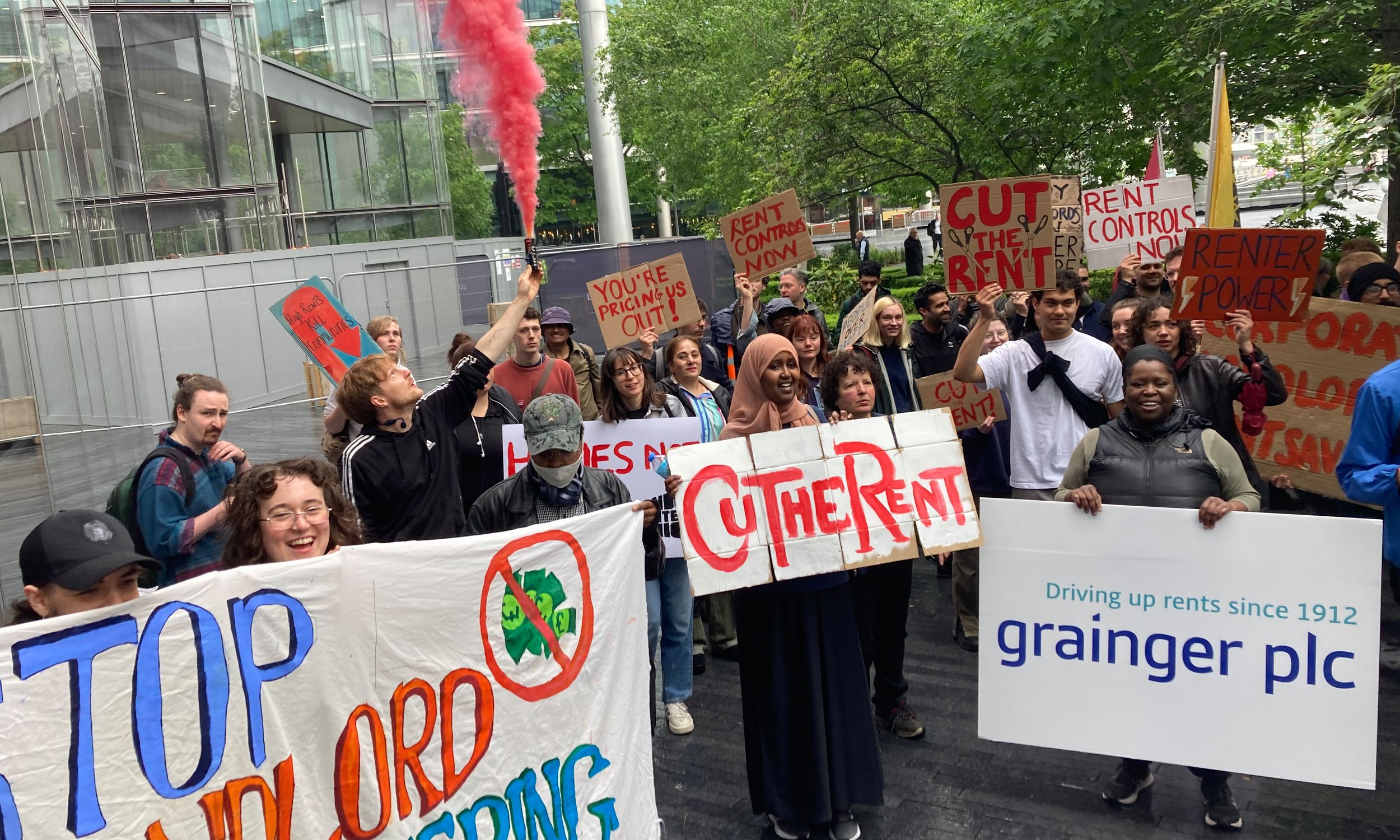
Take Action: Join the Fight Against Housing Inequality and Homelessness
Are you 18-25 and have lived experience of poverty, inequity, or homelessness? This is your chance to turn your experiences into powerful social change.
The Museum of Homelessness is a community-led museum powered by people with lived experience of homelessness. Through bold art, grassroots activism, and in-depth research, MoH sheds light on the systemic issues driving housing inequality and homelessness. Dedicated to making change, MoH brings communities together to confront injustice and imagine a fairer future for all.
Housing and homelessness in the UK are in crisis. Rising rents, a severe lack of affordable homes, and thousands of people facing or experiencing homelessness every day paint a bleak picture. While property developers and landlords grow richer, far too many are left struggling with housing insecurity.
but it doesn’t have to be this way
We’re building a youth-led campaigning collective to challenge those in power and fight against homelessness, inequity, and poverty. This is a movement led by people with lived experience—those who know the realities of housing injustice firsthand.
Are you 18-25 and have experienced homelessness, poverty, or inequity?
This is your chance to turn your lived experiences into powerful, collective action.
Over 8 weeks in late spring and early summer 2025, you’ll:
Attend weekly, 2-hour evening sessions led by experienced activists and campaigners.
Form a community with others who’ve faced similar struggles
Gain practical campaigning skills
Learn and grow through creative workshops and training
Collaborate on impactful campaigns to tackle injustice
There are no requirements to join—this is a space built on your terms. You can participate anonymously or publicly, with no expectations of your role within the collective.
Register your interest today and be part of a movement that’s shaping a fairer future.

INSPIRED BY ACTION: EXAMPLES OF COMMUNITIES FIGHTING BACK
If you’re curious about what our campaigning collective might look like and the kinds of actions we could take, here are some examples of other collectives that have done vital work:
These examples showcase how communities have harnessed the power of collective action to fight housing injustice and poverty:
Focus E15 Campaign (London, UK)
When a group of young mothers in Newham were threatened with eviction from their hostel, they fought back. The Focus E15 campaign began in 2013, demanding safe and secure housing for all. They occupied empty council homes on the Carpenters Estate to highlight the scandal of homes left empty while homelessness soared, putting the housing crisis in the national spotlight.
ACORN (UK-wide)
ACORN, a community union led by working-class people, has organised against unfair evictions, rent hikes, and unsafe housing conditions. Through direct action, including landlord blockades and public demonstrations, they’ve won countless victories for tenants across the UK.
Dublin Housing Action Committee (Ireland)
Though historical, the Dublin Housing Action Committee of the 1960s set a powerful precedent. The group led occupations of empty properties to demand housing for those in need, directly challenging the government’s inaction.
Glasgow Girls (Glasgow, UK)
Though focused on asylum seeker rights, the Glasgow Girls’ campaign against dawn raids in the early 2000s highlights the power of youth-led movements. Their actions—raising awareness, organising protests, and lobbying policy makers—ultimately led to changes in how asylum seekers were treated in the UK.
If you’re curious about the collective's goals and what our actions might look like, here are some examples of inspiring and creative tactics used by collectives across the UK and beyond:
These approaches demonstrate the power of collective action in tackling housing injustice and poverty. However, it’s important to note that the collective will ultimately decide on the actions we take. There will also be opportunities for everyone to participate at their own comfort level, whether by getting directly involved or taking on supportive, behind-the-scenes roles.
Direct Action - Direct action is about disrupting harmful systems to demand change. For example, activists from the Focus E15 campaign occupied empty council homes on London’s Carpenters Estate, exposing the scandal of empty properties in the middle of a housing crisis.
Occupations and Sit-ins - Occupying spaces sends a strong message about reclaiming power. In Glasgow, the tenants' movement Living Rent has occupied council offices to demand fairer treatment of renters and challenge rogue landlords.
Ad Hacking - Ad hacking transforms public advertising spaces into platforms for truth-telling. Groups like Special Patrol Group (UK) have altered billboards to highlight issues like housing inequality and the exploitation of tenants, reframing commercial spaces to serve public awareness.
Sneaking Into Exclusive Spaces - Activists have snuck into high-profile events to disrupt and expose injustices. For example, campaigners have entered luxury property fairs to protest the development of unaffordable housing, drawing attention to how these spaces exclude ordinary people.
Creative Demonstrations - Art and performance have been powerful tools for protest. Groups like Picture the Homeless in New York City have staged theatrical demonstrations, such as “homeless sleep-ins” outside vacant properties to challenge misconceptions about homelessness.
Tenant and Community Blockades - To stop evictions or unfair practices, community members have physically blocked bailiffs or landlords from accessing homes. ACORN’s local branches in cities across the UK have successfully protected tenants through this method, often winning agreements to keep people in their homes.
Public Protests and Marches - Classic forms of protest, like marches and rallies, continue to be effective. From the mass protests against the Housing and Planning Act in London to local demonstrations against unfair evictions, these actions bring public attention to pressing issues.
These examples show that whether through disruption, creativity, or direct confrontation, collective action can take many forms—each with the power to challenge injustice and create change.
This programme is funded by Coram with funds from Oak Foundation.




